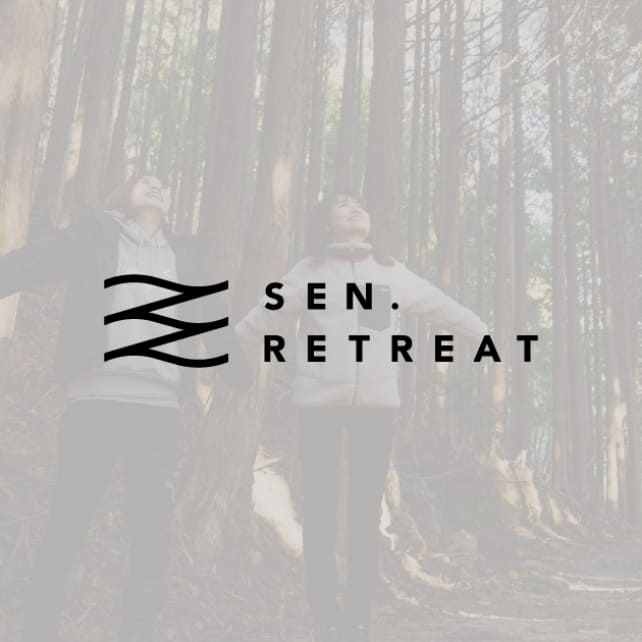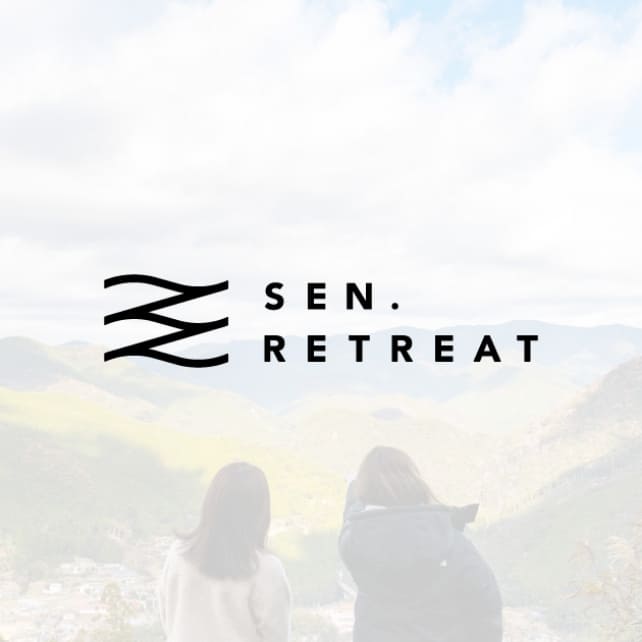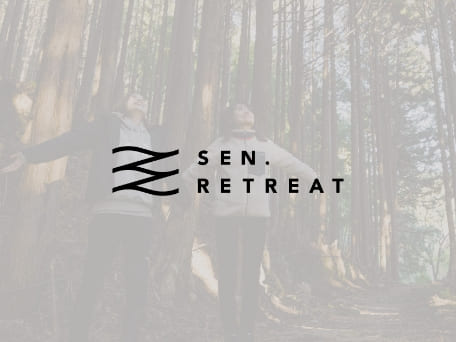
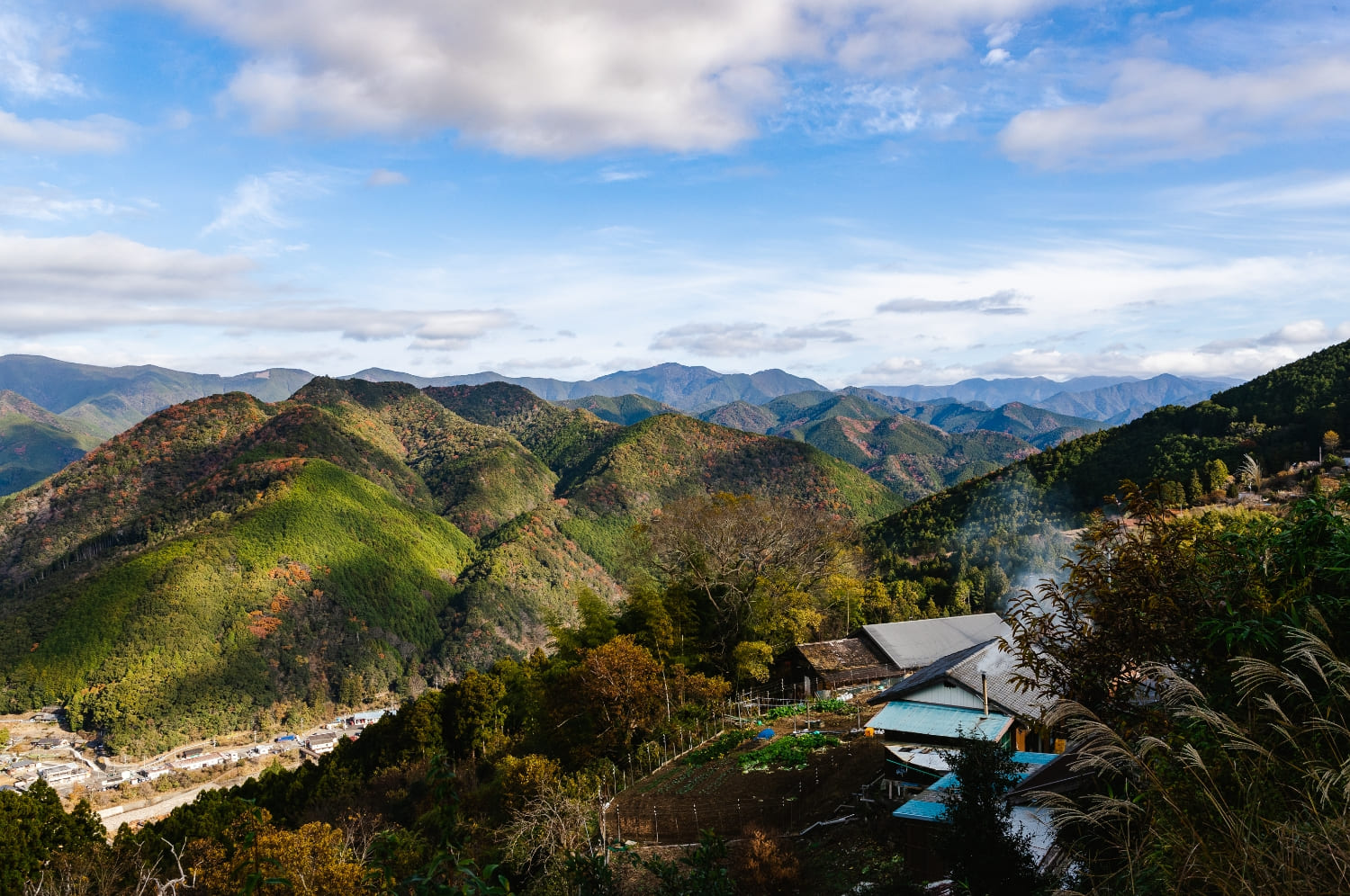
[FAQ-3] Accommodation on the Kumano Kodo — Tips for Booking in Advance
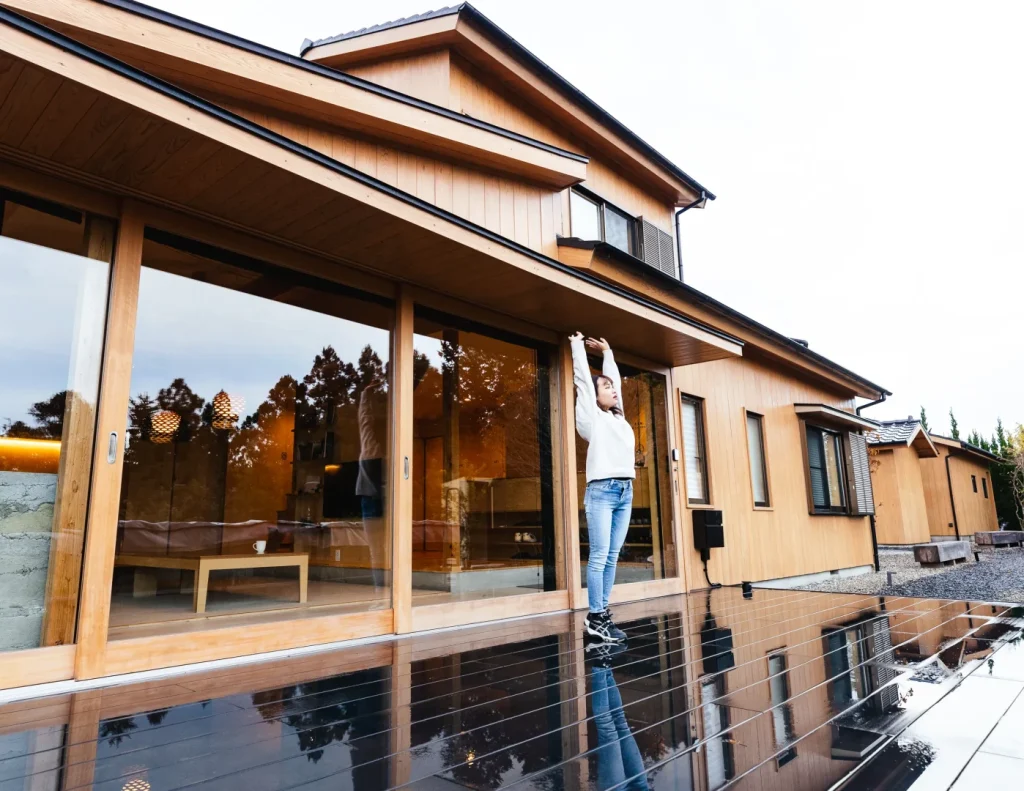
Walking the Kumano Kodo raises an important question: where to stay.
Should you book accommodation in advance? What should you check when making a reservation?
In this article, we answer frequently asked questions about lodging and guided tours along the Kumano Kodo in an easy-to-scan FAQ format.
If you’re planning a trek, use this guide to book with confidence and enjoy a safer, more comfortable journey.
Frequently asked questions about accommodation and tours along the Kumano Kodo [FAQ].
Q1: Where can I stay along the Kumano Kodo?
Accommodation options along the Kumano Kodo vary by route. On the Nakahechi route, the Takahara, Chikatsuyu, and Hongu areas have the highest concentration of lodgings. Travelers can choose from traditional ryokan, hot-spring inns, minshuku, and guesthouses, selecting a place that fits both their planned walking section and comfort level.
When deciding where to stay, prioritize proximity to the next day’s trailhead and whether meals are included. Because restaurants are scarce in the mountains, booking accommodation that serves dinner is the safest choice.
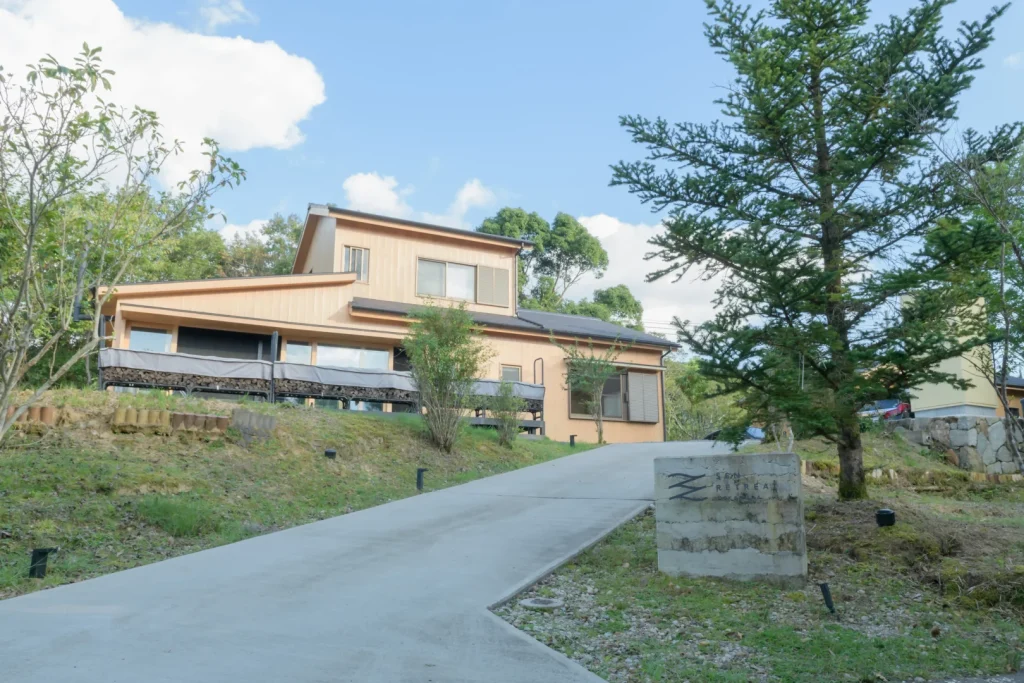
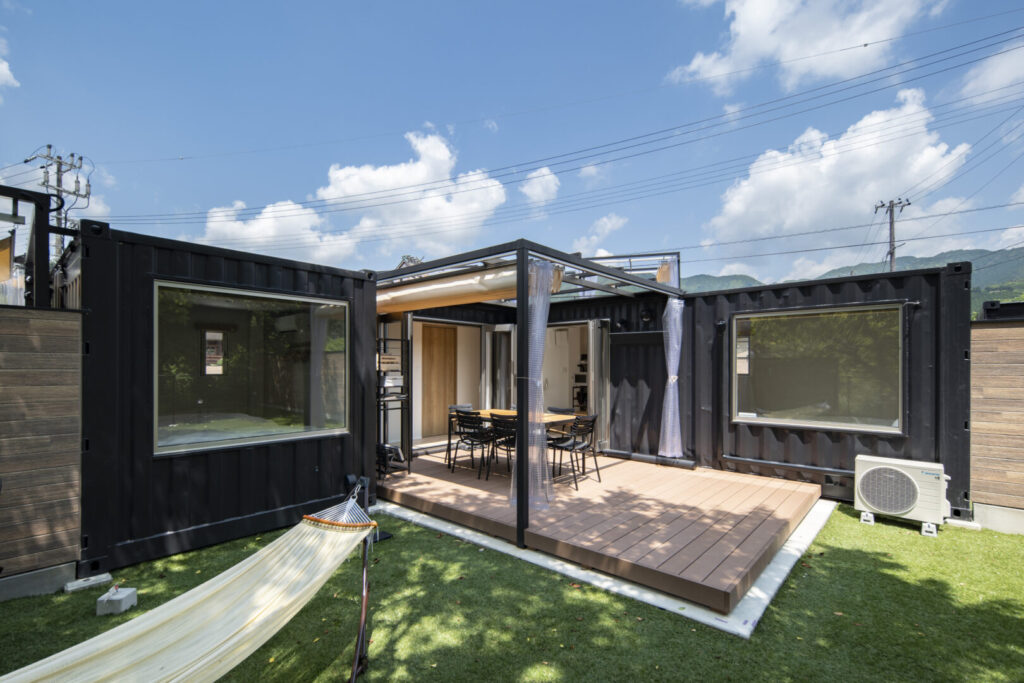
Q2. Is it necessary to book accommodation in advance on the Kumano Kodo?
Yes—booking accommodation in advance is strongly recommended. Inns along the Kumano Kodo have limited rooms and fill up quickly, especially during peak seasons in spring and autumn. Make your reservations as soon as your walking plans are set.
In the mountains, same-day bookings are difficult and alternatives may be far away. You can reserve via the Tanabe City Kumano Tourism Bureau website, on each inn’s booking page, or by telephone.
Q3: Are there any guesthouses or inns along the Kumano Kodo?
Yes, there are many privately run guesthouses and inns along the Kumano Kodo. On the Nakahechi route in particular, areas such as Takahara, Chikatsuyu, and Hongu are dotted with historic inns and guesthouses that regularly host walkers and pilgrims.
Guesthouses are reasonably priced and offer a friendly, social atmosphere. Ryokan, by contrast, provide a distinctly Japanese experience, with tatami-mat rooms, futon bedding, and meals featuring local ingredients. Many properties cater to walkers, often providing laundry facilities, drying areas, and support for early-morning departures.
Choosing accommodation along the Kumano Kodo
There’s a wide range of accommodation along the Kumano Kodo to suit different travel styles and budgets.
Guesthouses and minshuku offer affordable, homely stays; onsen ryokan provide a relaxing hot-spring experience; and shukubō (temple lodgings) are ideal for those seeking a more spiritual retreat.
SEN.RETREAT operates inns along the Nakahechi route. We warmly invite you to use SEN.RETREAT as your base for exploring this sacred trail.
Summary — Comfortable Kumano Kodo Travel with the Right Accommodation
Choosing the right accommodation is key to a comfortable Kumano Kodo trip.
Find stays that match your style and pace, and enjoy a smoother, more relaxing journey.

